After writing about the adventures of Henri Cartier-Bresson (Hyères) and Robert Capa (Omaha Beach) before, this Fujifim X-Half exploit is encompassed by both of them.
Fujifilm kindly lent me an X-Half, perfectly sized for travelling in this summers first heatwave. The X-Half, my first foray into half-frame photography, is a tiny camera introducing two new modes of control. First there is the frame advance lever, used for composing two shots in sequence next to each other in what Fujifilm calls 2-in-1 Shooting. A nice touch, I would like a lever like that with programmable functions on the next X-Pro. And while the other new Fuji, the X-E5, comes with a dedicated Film Simulation wheel, the X-Half sports a small touch display where the film used to sit, and some analog cameras had a window showing you the roll. You swipe up and down, changing the film. That is fun and worked really well for me. Most of the time I switched between Velvia and Acros. The images here are all black and white Acros, unedited out of the camera. I used ISO 400, like I would with a roll of film, and the cameras aperture priority exposure mode. The X-Half creates 3648 × 4864 pixel sized images with the 10.8 mm lens (which would be 32 mm on a full frame). Shooting portrait, not landscape, comes natural to the X-Half. That is the way I shot her, and combined images with the 2-in-1 method for landscape.
Cartier-Bresson and Matisse
After his third, succesful attempt, Henri Cartier-Bresson escaped from a german labor camp in 1943. Early 1944 saw him working again, on a series of artist portraits called Visages d’aujourd’hui. On February 15, 1944, HCB visited Vence in the south of France. Here lived Henri Matisse in the Villa Le Rêve. While I stayed im Grasse in July 2025 I drove over to Vence and had a look with the X-Half. It was about Fahrenheit 95, and any camera bigger than the tiny Fuji would have been a burden.
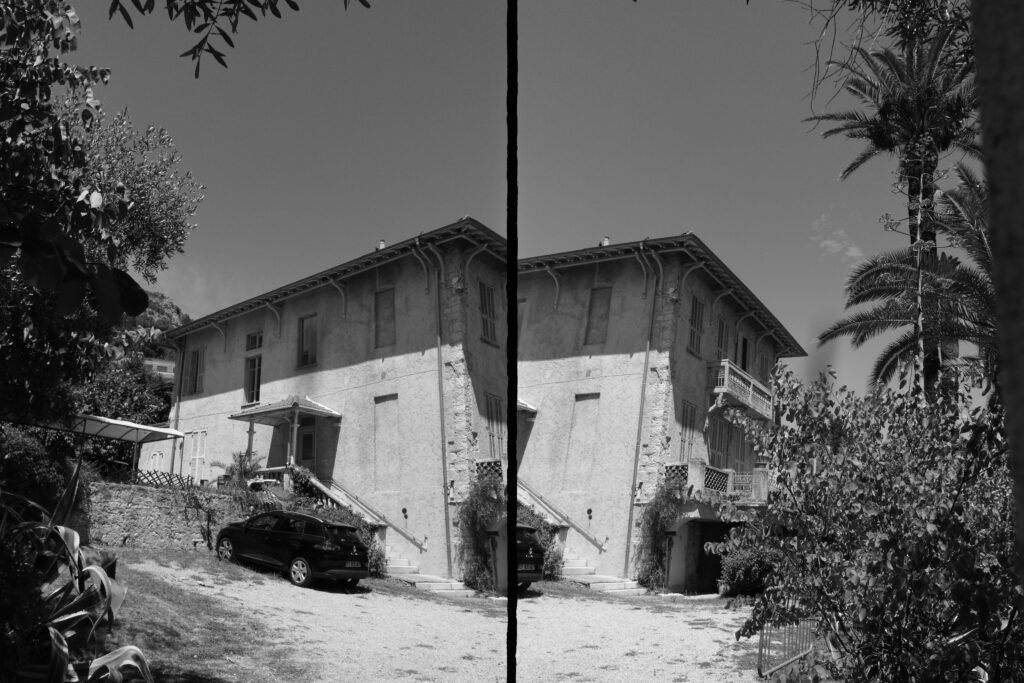
Antibes
While in Grasse, I drove down to the beach in Antibes, next to Cannes. The X-Half is a unobtrusive tool, with an inaudible shutter. You will not disturb your surroundings, or draw attention while taking pictures.
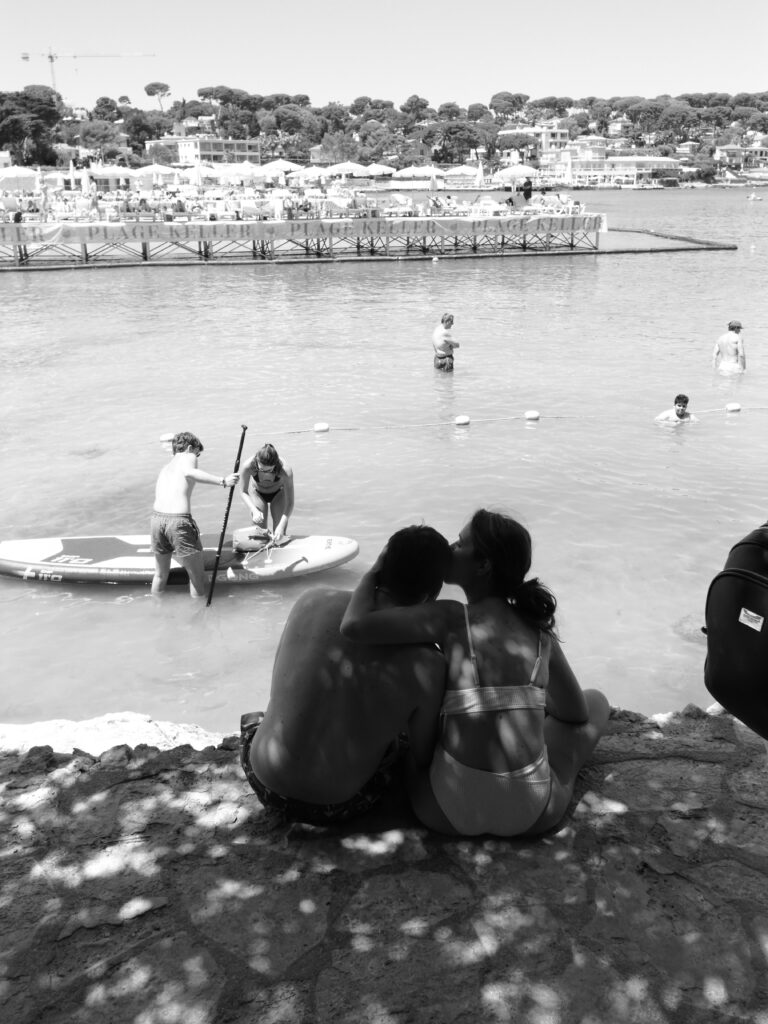
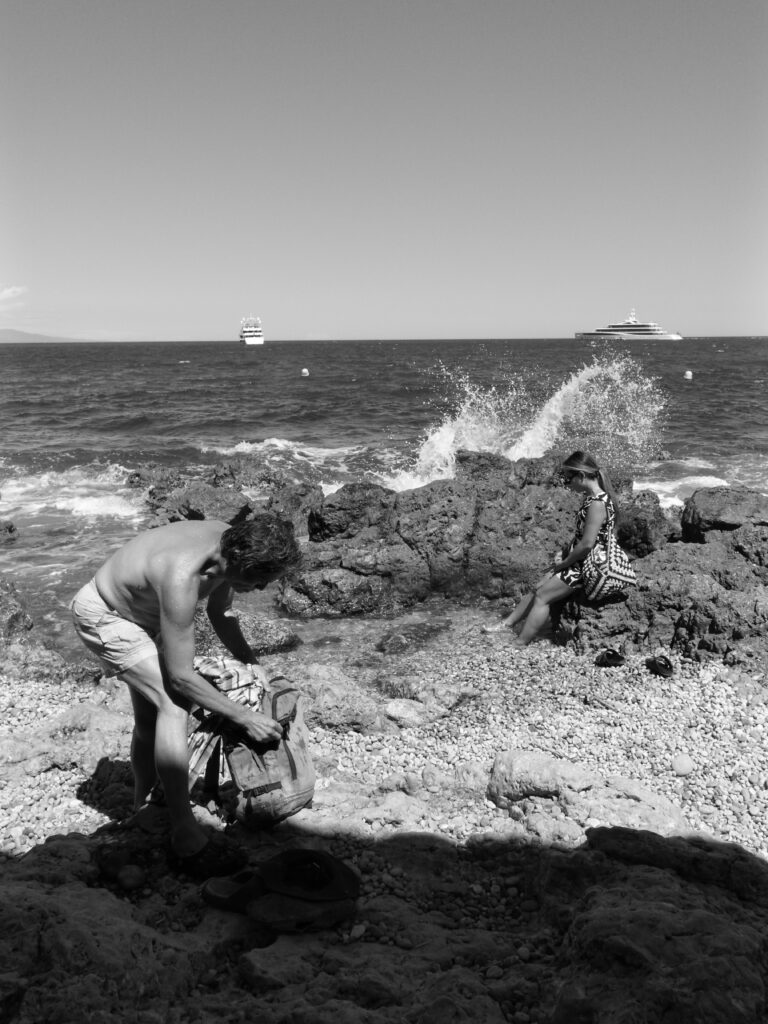
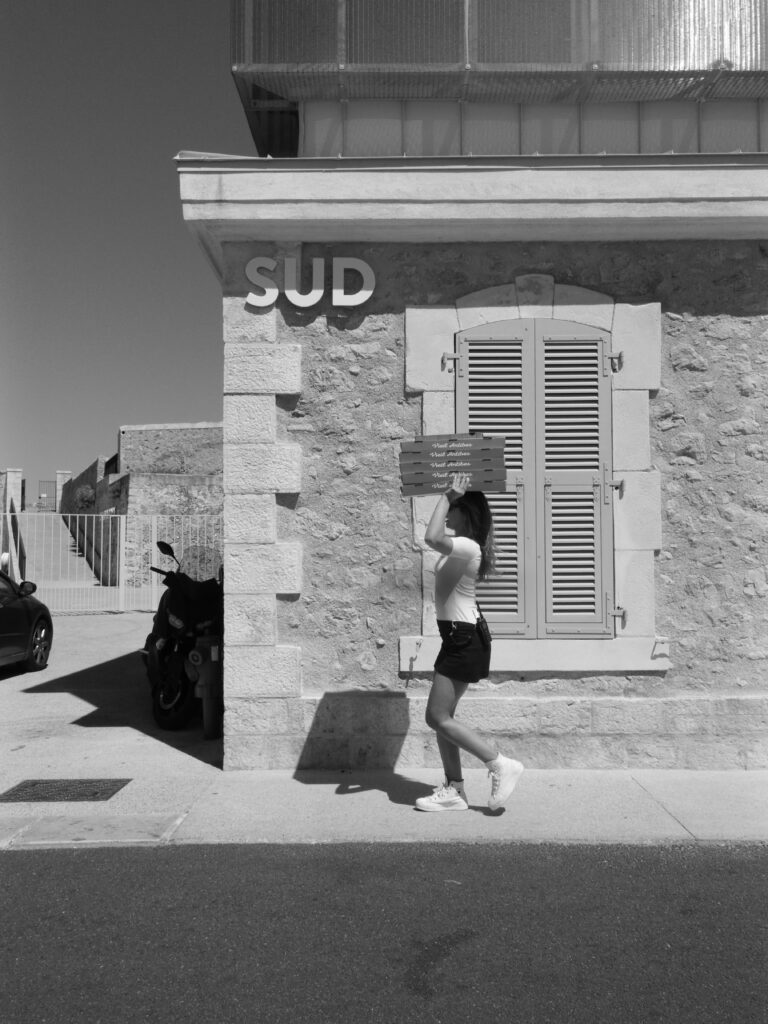
Turned out, the X-Half is a highly versatile, and capable camera for images on the fly.
Capa in Nuremberg
In April 1945 Robert Capa visited Nuremberg. His driver, Private Hubert Strickland, climbed up on a podestal on the Zeppelinhaupttribüne from which Hitler liked to address the crowds. The image with Huberts mock salute graced the cover of LIFE from May 14, 1945. The war in Europe was over. The swastika on top of the wall was blown to bits later, and today these grandstands are in disrepair, even skateboarding is forbidden. The Zeppelinhaupttribüne, based on the Pergamon Altar, is fenced in, and Private Strickland was absent. So, like with the house of Matisse, I shot an empty building, combining two images into one.
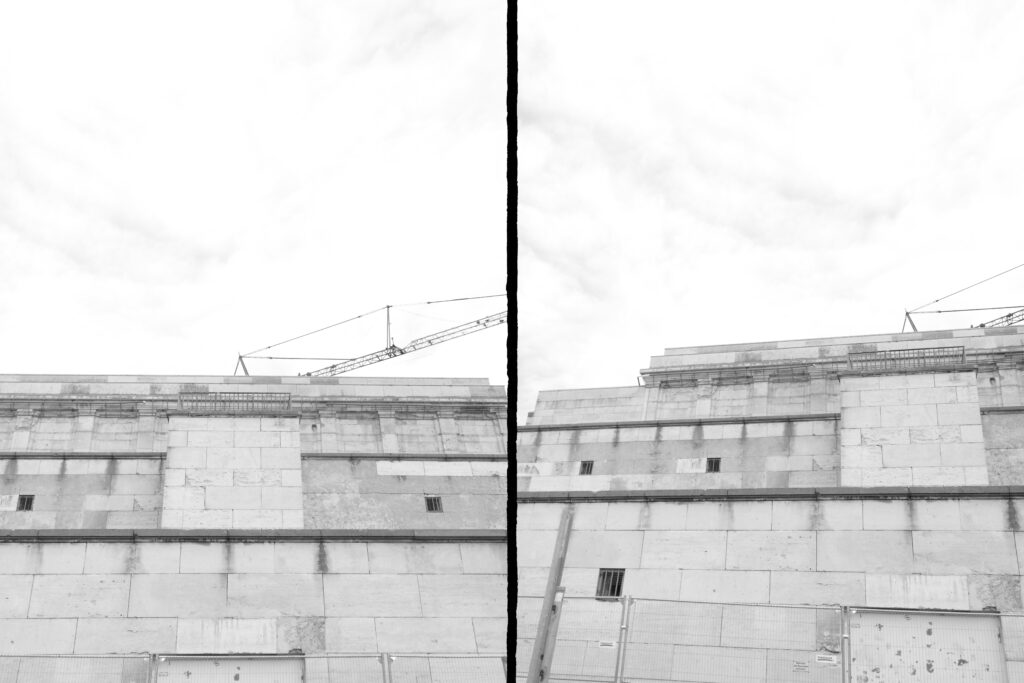
The Reichsparteitag field in Nuremberg, like the Tempelhof airport around the corner from where I live in Berlin, is a construction of Hitlers favorite architect, Albert Speer. 320.000 people fit into this empty space. The sound of a rowing regatta from a near lake spilled over, not able to fill the emptiness left by the dreams of empire.
Share this post:
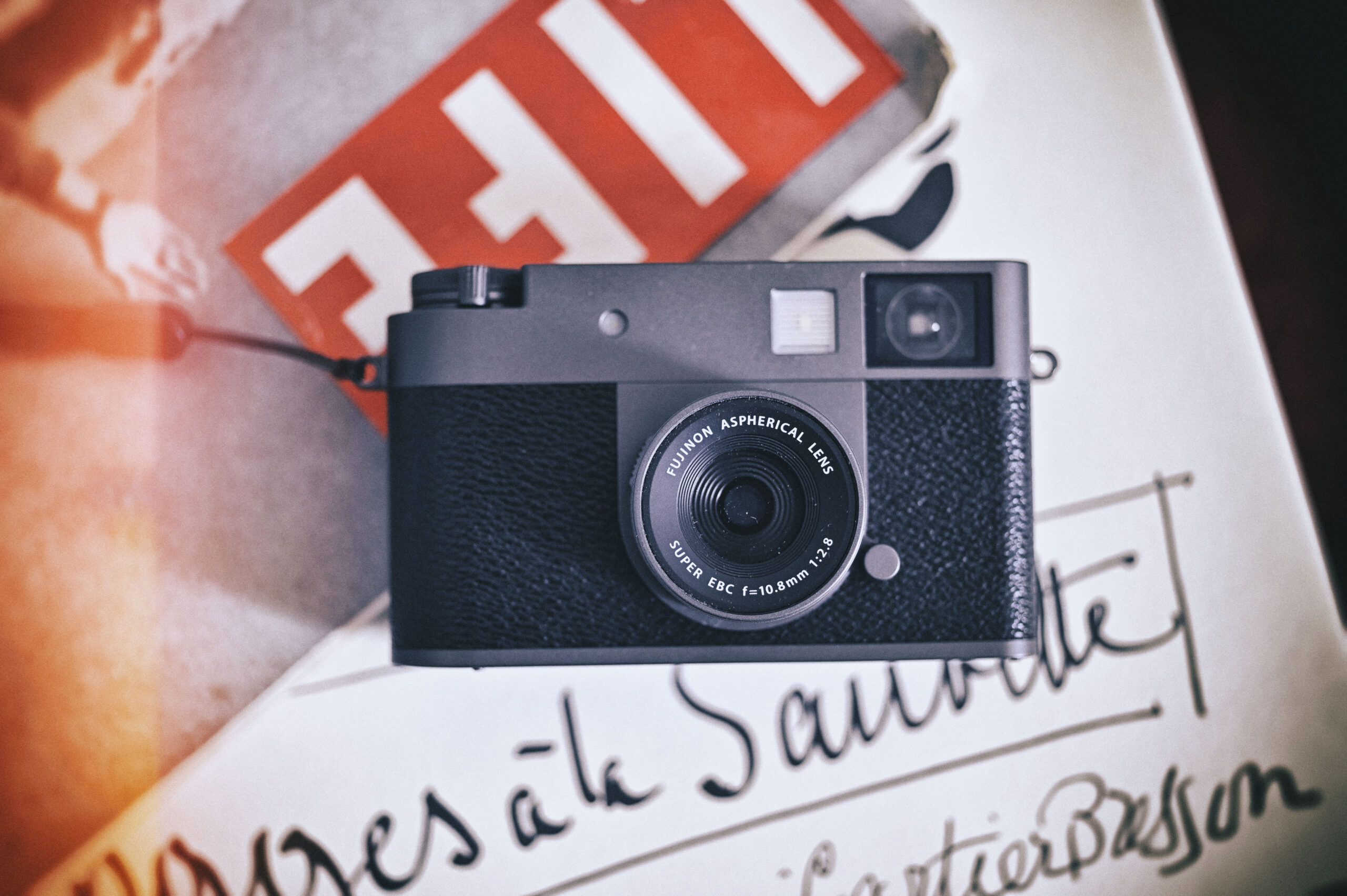
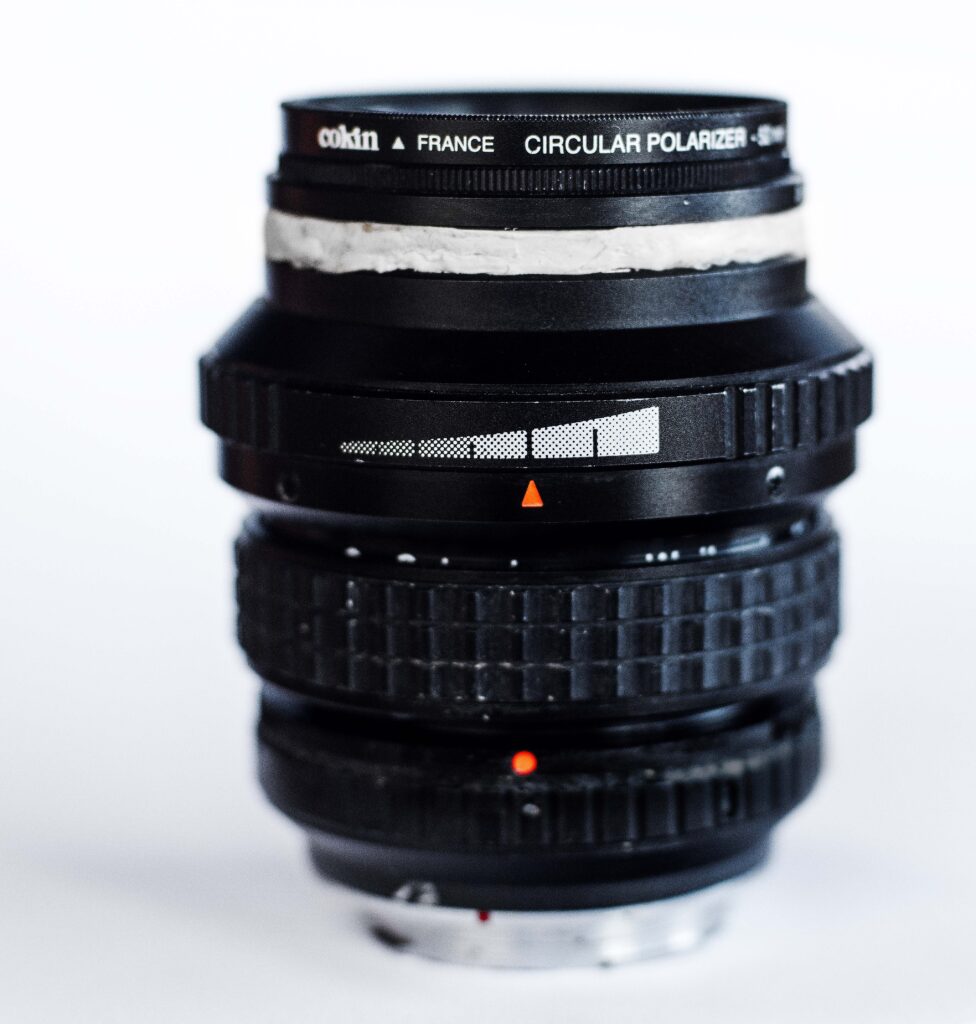
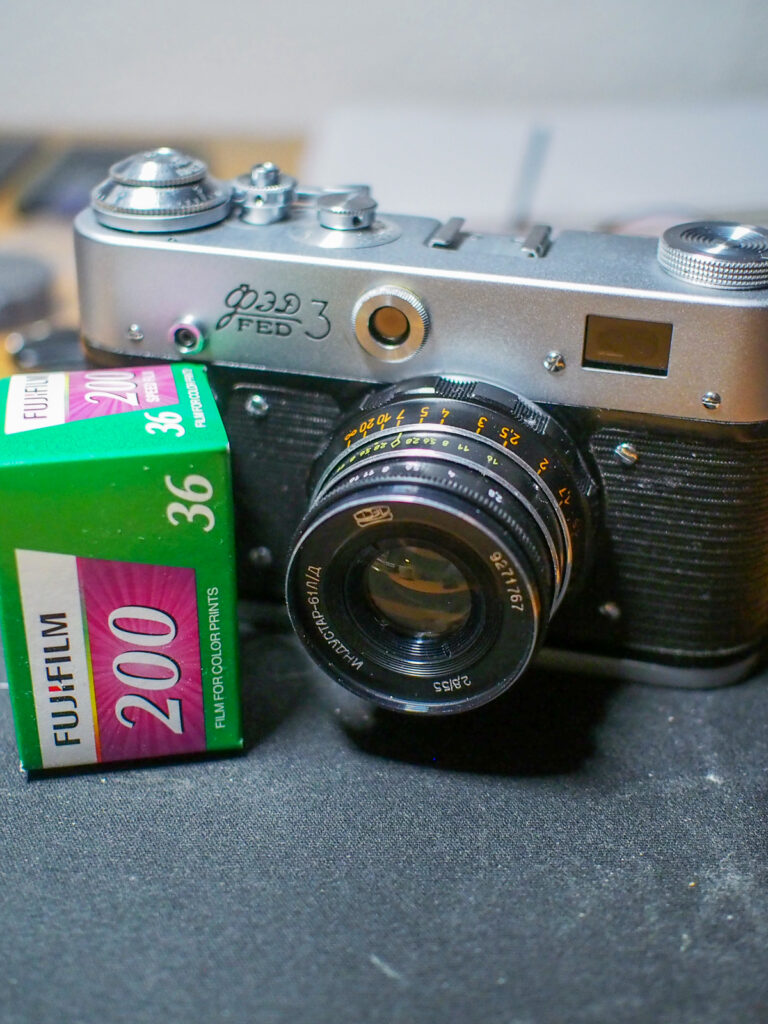
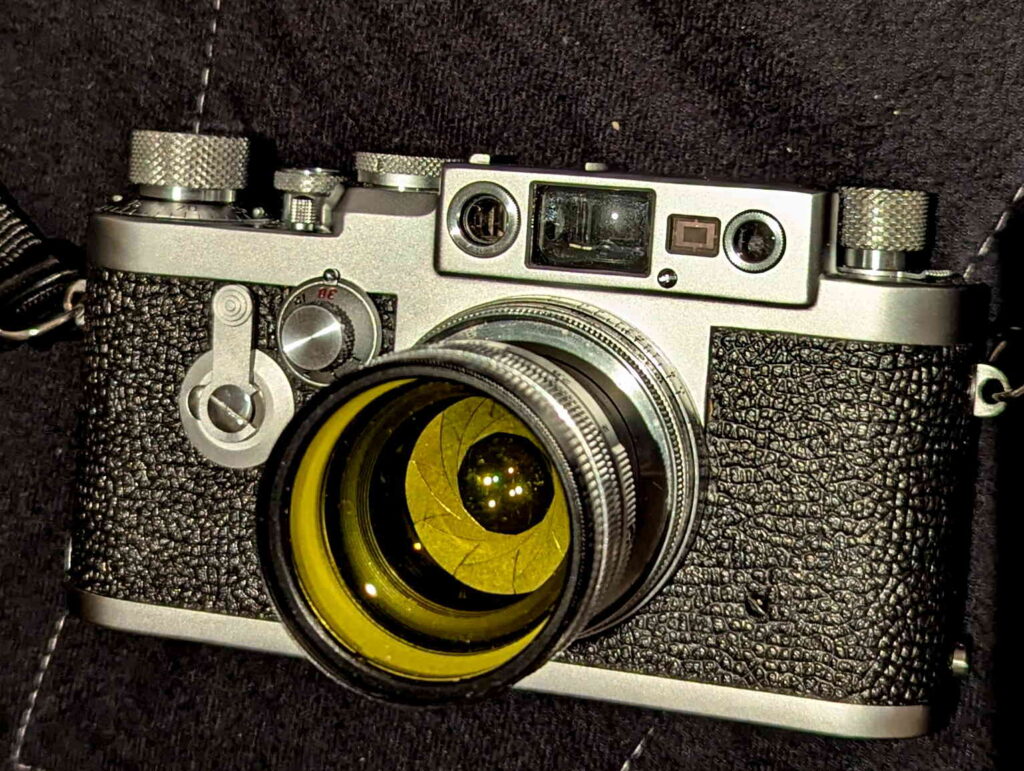
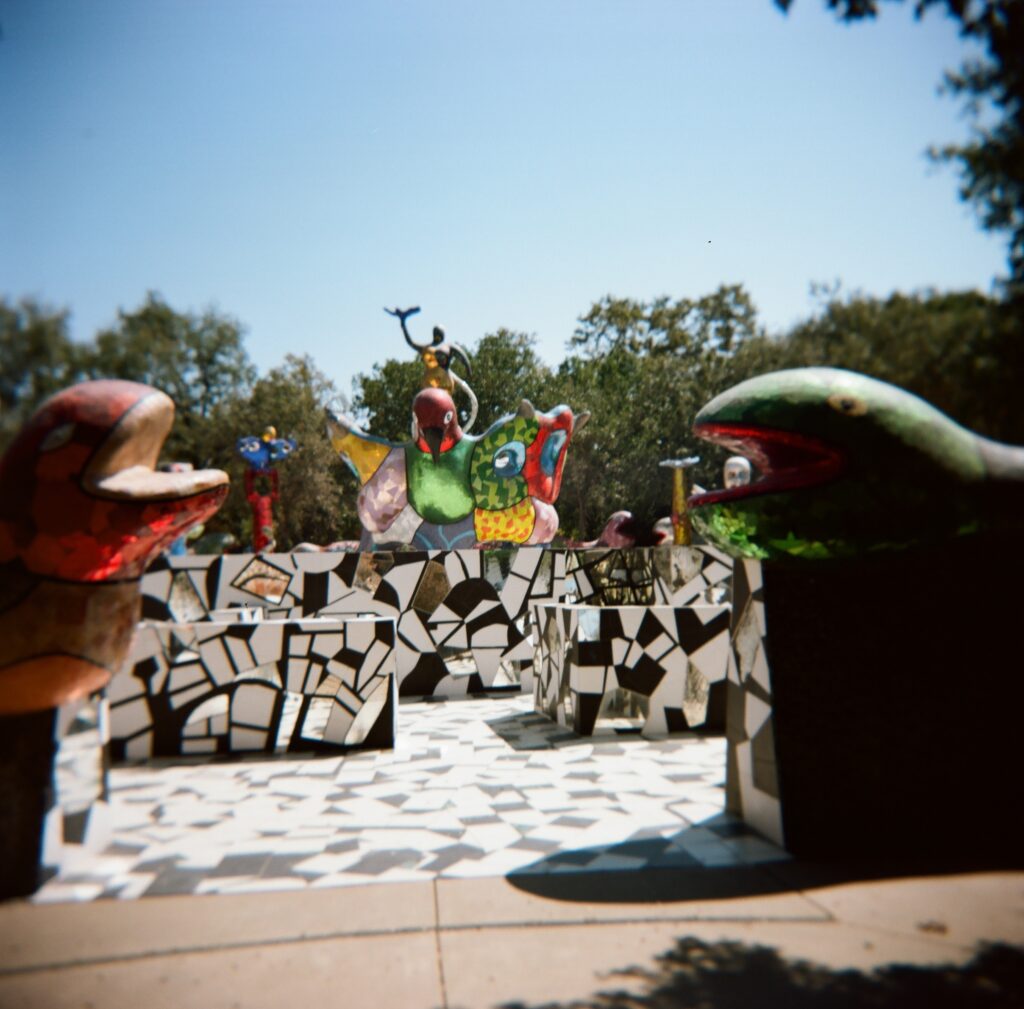
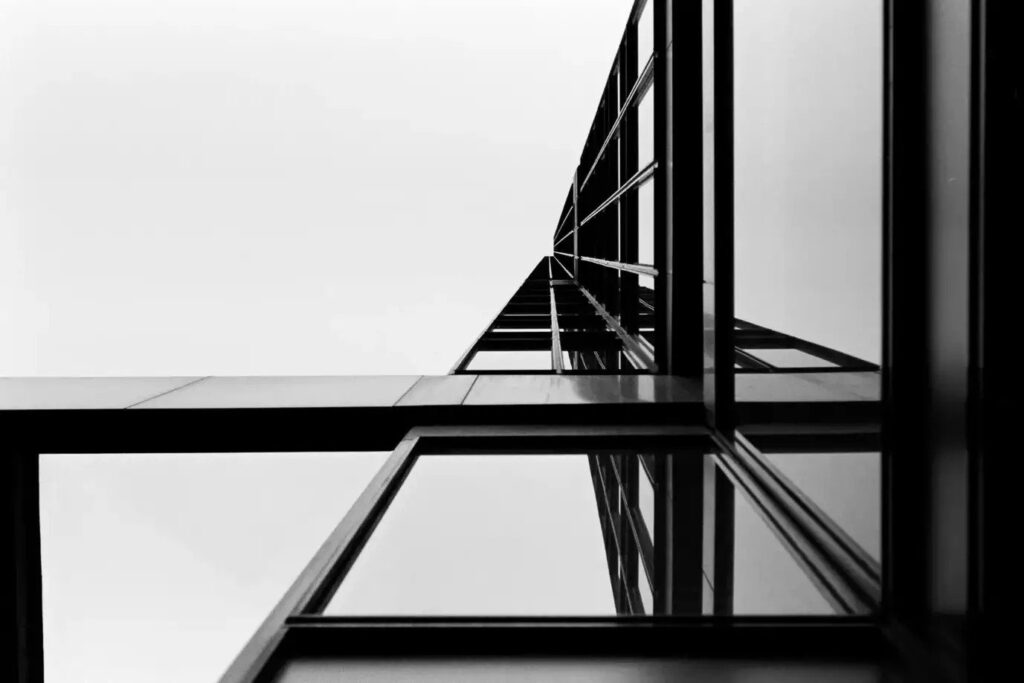


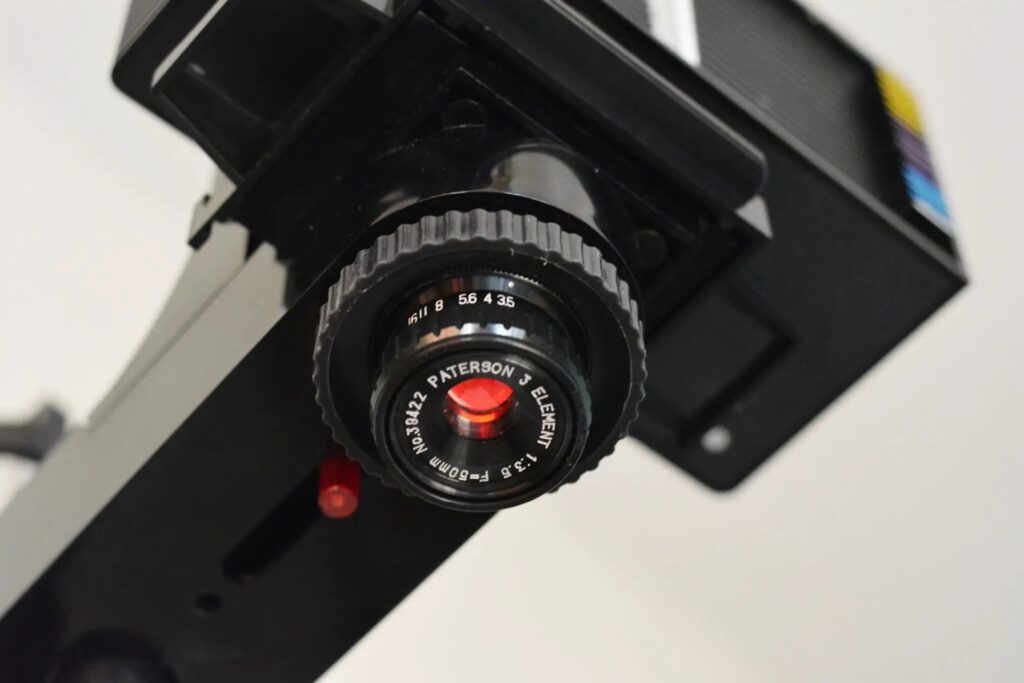
Comments
Andrew on 5 Frames with a Fuji X-Half
Comment posted: 14/08/2025
Comment posted: 14/08/2025
Gary Smith on 5 Frames with a Fuji X-Half
Comment posted: 14/08/2025
It appears to perform well in your hands! Thanks for your review Torsten.
Comment posted: 14/08/2025
Comment posted: 14/08/2025
Ibraar Hussain on 5 Frames with a Fuji X-Half
Comment posted: 14/08/2025
Great tone and composition man, specially like the Kiss and the Pizza girl!
Comment posted: 14/08/2025
David Hume on 5 Frames with a Fuji X-Half
Comment posted: 15/08/2025
Your photos reinforced my own observation that the sensor is just fine, and that the clever simulations and processing make a case that here "JPEG is the new RAW" as they hold DR really well if you want to play with them. but they're also nice as they are...
Comment posted: 15/08/2025
Paul Taylor on 5 Frames with a Fuji X-Half
Comment posted: 15/08/2025
And while I understand that it is a bit apples to oranges except in "format" - $900 will buy you a new Pentax 17, a complete color and B&W developing kit (tank, chems, heater, pitchers, containers) from Cinestill, a darkbag, and 10 or so rolls of film (in addition to the roll or two most sellers seem to include with a new 17 these days.)
Comment posted: 15/08/2025
Christian Hogue on 5 Frames with a Fuji X-Half
Comment posted: 15/08/2025
Comment posted: 15/08/2025
Comment posted: 15/08/2025
Leon Winnert on 5 Frames with a Fuji X-Half
Comment posted: 15/08/2025
Great pictures Thorsten.
For none British readers. Marmite is a yeast extract spread. Which you put on your toast and in your egg sandwiches. You either love it or hate it. No half measures. I love it. Australian vegimite is similar.
Comment posted: 15/08/2025
Comment posted: 15/08/2025
Comment posted: 15/08/2025